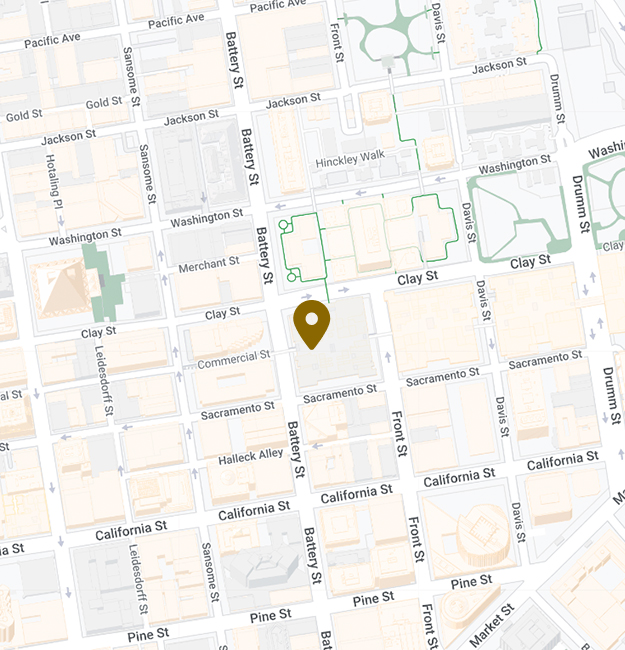Fatal Multi-Vehicle Collision on I-880 in San Jose
A tragic multi-vehicle collision occurred early this morning on northbound I-880 near The Alameda offramp in San Jose, resulting in one fatality and significant traffic disruptions. The incident was reported at approximately 4:38 AM on September 30, 2024, involving two cars and a motorcycle.
According to the California Highway Patrol (CHP), a Honda Civic swerved and hit a barrier, causing it to overturn before landing back on its wheels. Shortly after, a motorcycle collided with the already crashed vehicle, ejecting the rider into nearby bushes. Emergency responders, including the San Jose Fire Department and multiple tow services, were dispatched to the scene. Despite their efforts, the motorcyclist was pronounced dead at the scene by the coroner at 5:48 AM.
The crash led to the closure of all lanes on northbound I-880, with traffic being diverted to the slow lane and The Alameda offramp. Debris scattered across the roadway necessitated a cleanup operation by Caltrans. The offramp has since been reopened, but significant delays are still expected as the investigation and cleanup continue.
Motorists are advised to seek alternative routes and exercise caution while driving in the area. Our thoughts and deepest sympathies go out to the family and friends of the deceased during this difficult time.
Legal Analysis
In this incident, a traffic collision occurred on I-880 North near The Alameda offramp, involving multiple vehicles and a motorcycle. The motorcyclist was severely injured, with reports indicating compound fractures and the rider being thrown into bushes. The primary focus of this analysis is on the personal injury rights of the motorcyclist.
The motorcyclist has the right to seek compensation for their injuries. This includes medical expenses, lost wages, and pain and suffering. To establish a negligence claim, the motorcyclist must prove that another party breached their duty of care, directly causing the accident and resulting injuries. For instance, if another driver swerved and hit a barrier, causing a chain reaction that led to the motorcyclist’s injuries, that driver could be held liable for negligence.
Regarding potential insurance claims, the motorcyclist should pursue compensation through the at-fault driver’s auto insurance. If the at-fault driver is uninsured or underinsured, the motorcyclist may also seek coverage through their own uninsured/underinsured motorist policy. Additionally, if the motorcyclist has personal injury protection (PIP) or medical payments coverage, these policies can help cover immediate medical expenses regardless of fault.
In conclusion, the motorcyclist has several avenues to pursue compensation for their injuries. Establishing negligence and identifying applicable insurance policies are crucial steps in ensuring the motorcyclist receives the necessary financial support for recovery.









